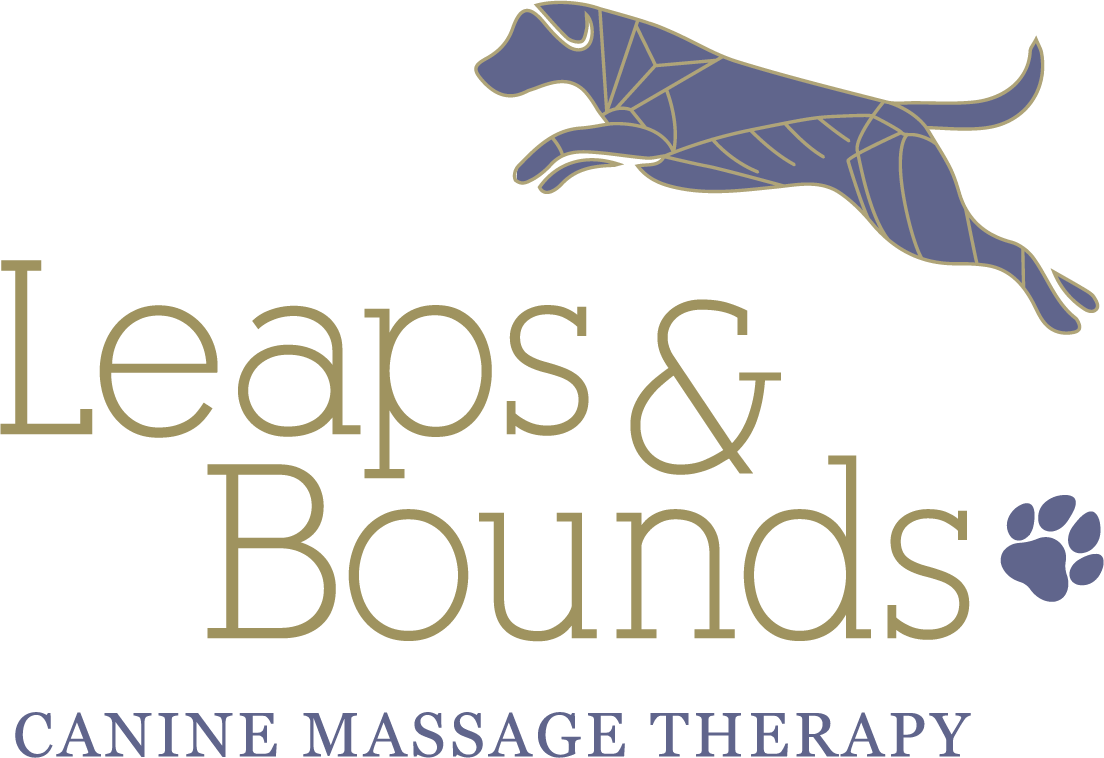Osteoarthritis
Osteoarthritis, also referred to as Degenerative Joint Disease (DJD), is progressive deterioration of the cartilage in a joint. In a healthy joint the cartilage acts as a cushion to allow the bone surfaces to move smoothly through their full range of motion. This is the most common form of arthritis.
Causes:·
Part of the ageing process
Breed predisposition – Large dogs such as GSD, Labrador retrievers and Golden retrievers
Pre-existing orthopaedic conditions e.g. hip/elbow dysplasia
Activity levels - obesity
Living environment
Sites of traumatised bone e.g. surgical sites, fractures, ligament tears
Repetitive stress from athletic activities (agility, flyball, diving)
Infections that affect the joints, such as Lyme Disease
Genetics
Poor nutrition
Symptoms:
Varying degrees of lameness
Stiff when getting up from resting
Reduced range of motion
Crepitus or creaking of the joints
Reluctancy to run, jump in/out of car, play
Slowing down on walks
Pain/Inflammation of the joint
Loss of muscle mass
Difficulty posturing to urinate and defecate
Pain
Restless/irritable
Lethargy
Lick granuloma/nibbling over the site of the arthritis e.g. wrist
Grumpy disposition/ changes in behaviour
How massage can help:
Relaxation of hypertonic musculature
Loosen and lengthen muscles that have been held in a fixed position
Identify patterns of overcompensation and pain referral at secondary sites
Address areas of protective muscle splinting
Myofascial and trigger point release
The therapeutic techniques we use give the muscles back their ability to relax and contract efficiently; leading to an improved range of motion, movement and gait which leads to reduced pain for your dog.
Illustration by Samantha Elmhurst. Please note that Leaps & Bounds Canine Massage therapy is not affiliated with Samantha Elmhurst.

